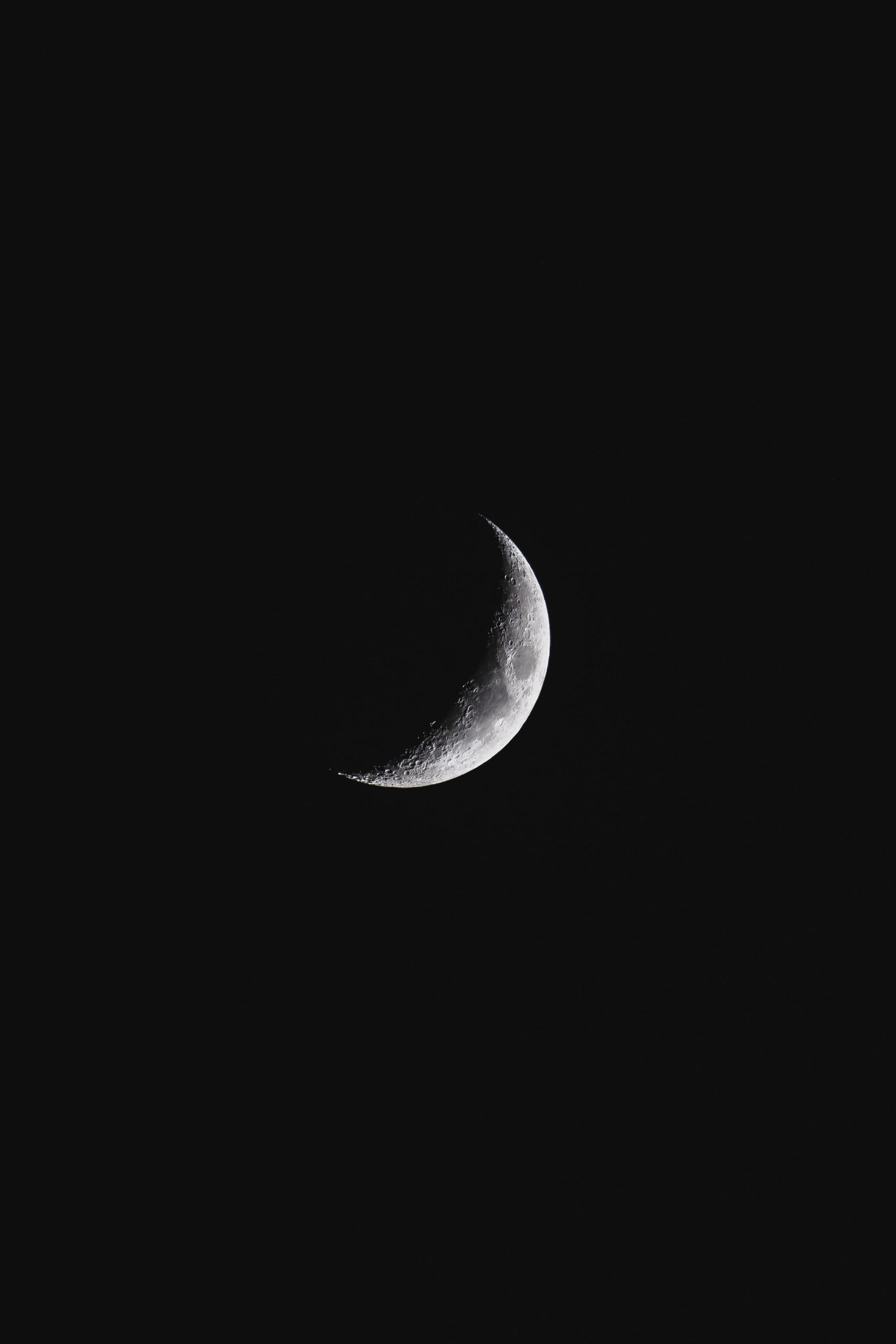Celtic Signs and Symbols: An Ancient Language of Meaning
The Celtic culture, with its rich mythology and deep reverence for nature, gave birth to a vast array of signs and symbols that were used to communicate messages and convey important meanings. These symbols were not merely decorative or ornamental; they held significant spiritual significance for the Celts and were believed to possess powerful protective and magical properties. In this blog post, we will explore some of the most prominent Celtic signs and symbols and delve into the stories and meanings behind them.
The Triskelion: Symbol of Continuous Movement
One of the most recognizable Celtic symbols, the triskelion, consists of three interlocking spirals radiating from a central point. This symbol represents the concept of continuous movement, eternal cycles, and the interconnectedness of all things in the universe. The triskelion can be seen as a representation of past, present, and future or as a symbol of the Celtic belief in the three realms of existence: land, sea, and sky.
| Irish meaning | Scottish meaning | Welsh meaning |
|---|---|---|
| To represent the three-in-one | Symbol of progress and competition | Another symbol for land, sea, and sky |
| Depiction of three Celtic worlds: human, divine, and mythological | The past, present, and future | Symbol of rebirth and continuity |
The Celtic Cross: A Blend of Pagan and Christian Beliefs
The Celtic Cross, also known as the Irish Cross, is a powerful symbol that combines elements of Christianity with the indigenous pagan beliefs of the Celts. It consists of a cross with a circle intersecting the upper portion. The circle is believed to represent the sun, a significant celestial body worshipped by the ancient Celts.
The Celtic Cross is often seen as a representation of the meeting of the divine and earthly realms, making it a symbol of spiritual unity and harmony. It also serves as a potent protective talisman, warding off evil spirits and bringing blessings to those who wear or display it.
The Tree of Life: Symbol of Growth and Connection
The Tree of Life is a potent Celtic symbol that represents the interconnectedness of all living creatures. It is often depicted as a large tree with branches reaching up into the sky and roots extending deep into the earth. The Tree of Life symbolizes growth, strength, and renewal.
According to Celtic mythology, trees were considered sacred and mystical, serving as a connection between the physical and spiritual realms. The Tree of Life embodies this belief, acting as a spiritual conduit between the upper and lower worlds. It is also associated with the cycle of life, death, and rebirth, making it a poignant symbol of continuity and the eternal cycle of existence.
The Spiral: Symbol of Creation and Growth
The spiral is a widely used Celtic symbol that represents creation, growth, and expansion. It is often depicted as a single or double spiral, with each curve looping into itself. The spiral is believed to symbolize the journey of life, with its twists and turns reflecting the ever-changing nature of existence.
Many Celtic artifacts, such as stone carvings and jewelry, feature the spiral design, suggesting its importance in Celtic culture. The spiral can also be seen as a representation of the cyclical nature of time, with its continuous looping motion signifying the eternal cycle of birth, growth, decay, and rebirth.
The Claddagh: Symbol of Love, Loyalty, and Friendship
The Claddagh is a traditional Celtic symbol that originated in the Irish fishing village of Claddagh. It consists of a heart held by two hands, adorned with a crown. Each element of the Claddagh holds a specific meaning: the heart represents love, the hands symbolize friendship, and the crown signifies loyalty.
The Claddagh is often associated with romantic love and is frequently used in engagement and wedding rings. It serves as a powerful symbol of devotion, trust, and lasting friendship. The way in which the Claddagh is worn can also convey different messages; wearing it on the left hand with the heart facing inward indicates that the wearer is in a committed relationship, while wearing it with the heart facing outward indicates that the wearer is single or searching for love.
Conclusion
Celtic signs and symbols are not mere artifacts of an ancient culture; they are a language of meaning that transcends time and connects us to the wisdom of our ancestors. Each symbol carries with it a rich tapestry of stories and beliefs, inviting us to delve deeper into the mystical realms of Celtic mythology and spirituality.
Whether you find resonance in the continuous movement of the triskelion, the harmonious blend of the Celtic Cross, the interconnectedness of the Tree of Life, the ever-evolving spiral, or the profound messages of love, loyalty, and friendship conveyed by the Claddagh, these symbols hold the power to inspire and awaken our souls.
By exploring and understanding these ancient signs and symbols, we can tap into the profound wisdom and timeless truths they embody, allowing us to connect with our own spiritual journey and the interconnected web of life.
Table of Contents
